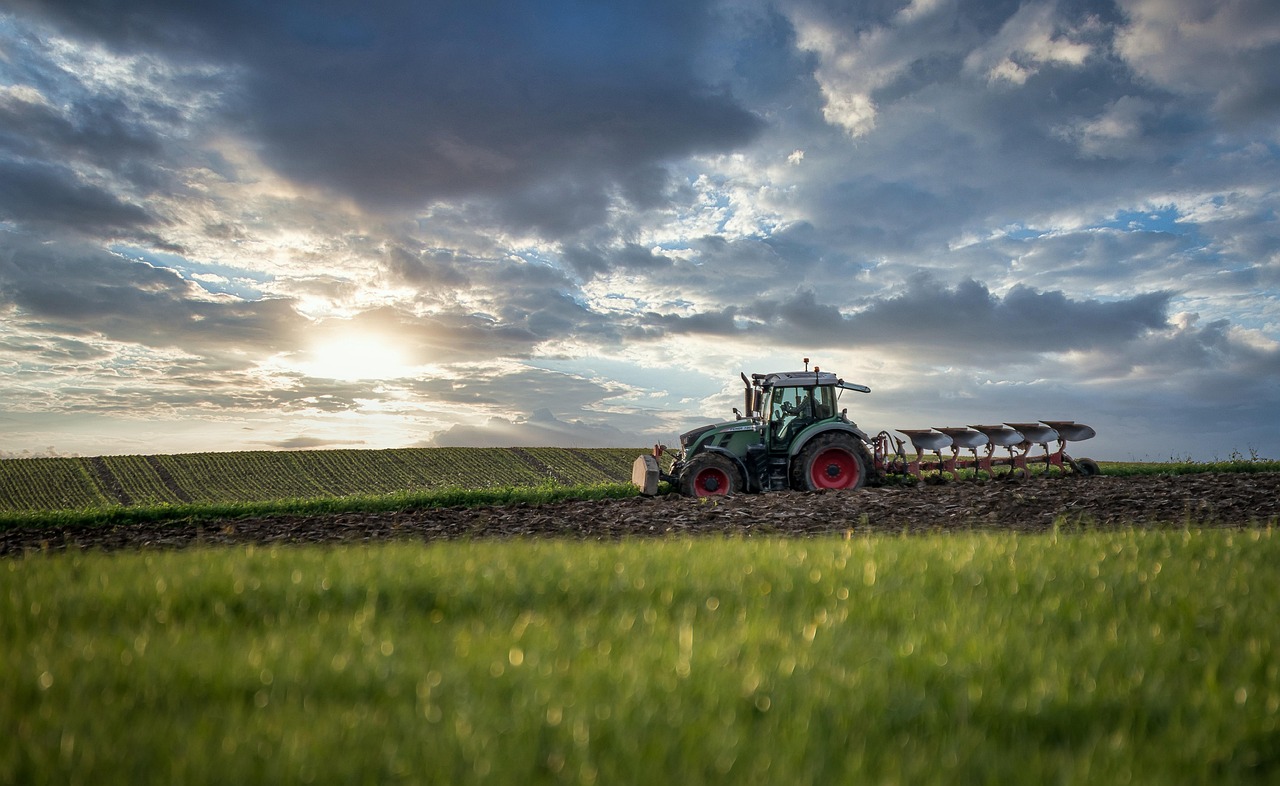Imagine you are a young engineer in the land of Ferrari, Lamborghini and Maserati… You would probably dream of a career in Formula 1. And what happens if you end up designing and developing tractors? From his office just outside Bologna, prof. Michele Mattetti looks back at his early days in the sector, when the appeal of racing cars seemed irresistible. “Twenty years ago, I was one of those young engineers,– he says – but I am very happy working today in agricultural vehicles, although I must admit it does not sound as sexy or charismatic. Somehow – he goes on – college or university curricula fail to inspire the new generations on how challenging, beautiful and rewarding working in tractors can be”.
Michele Mattetti holds a chair in Agrarian Mechanics at the University of Bologna, and collaborates with the Unimore university of Modena and Reggio Emilia. When it comes to engines, Emilia Romagna is the right place to be. “I think we take huge advantage from this ecosystem effect. Having advanced industry and excellence research in one region sparks a nice dynamic. That’s probably one of the reasons why Emilia Romagna keeps its edge on other regions. “If I were to give an advice to students, I would recommend to undertake their studies where there is a strong industrial presence. And in the case of agricultural machinery, we also benefit from a flourishing farming sector. As a plus, the University of Bologna runs an experimental farm of 500 hectars”. Recently, the four universities of Emilia Romagna have joined forces to create the MUNER (Motor Vehicle University Emilia Romagna), in synergy with the industry. “The logic – says Mattetti – is to exploit the research-industry collaboration at the best of its potential. In the agricultural machinery specialisation we are looking at about 20 students each year. Looking for excellence, rather at big numbers”.
The sector will face complex challenges in the years to come. “Electrification is just one example – says Mattetti – I think sometimes the debate about electrification is not addressed correctly, and some tend to ignore the rapidity with which electrification is coming to the sector. If you combine the advances in tractors design with the gains of renewable sources in the energy mix available today especially in the summer months, when machines are used more, you will realise that electric tractors are closer than you think. Electrification has of course made tractors more complex. But at the same time the replacement of mechanical components with electric ones offers new opportunities for redesigning the entire machine or at least some of its fundamental parts. Think of the gear box and the powershift commands. Now we have just one button at the place of hard to operate leviers, which is carefully placed from an ergonomic point of view. In the end – he laughs – tractors can be fun, if you have a problem-solving attitude”.
